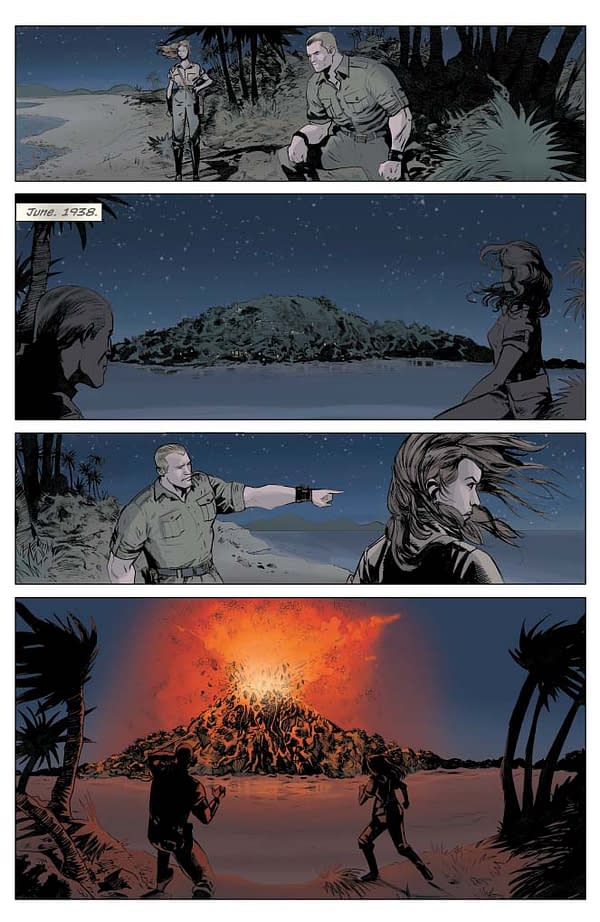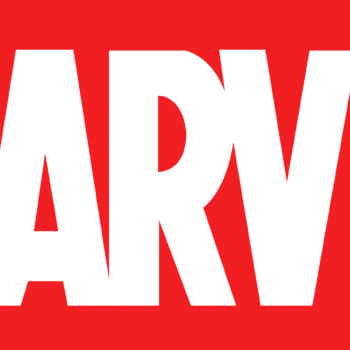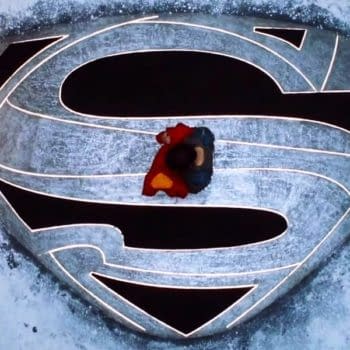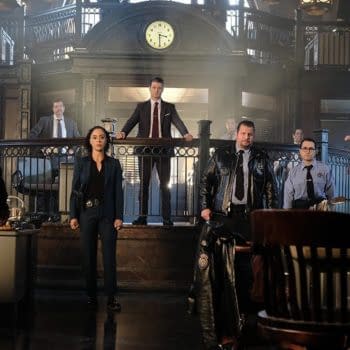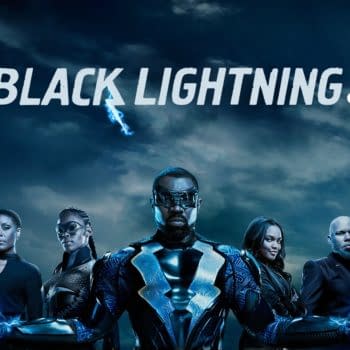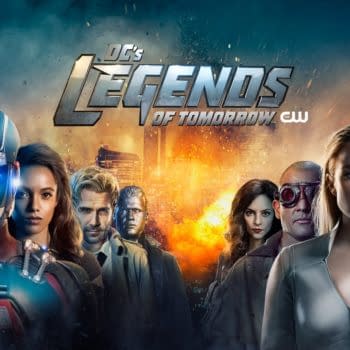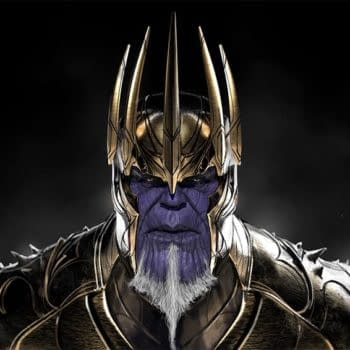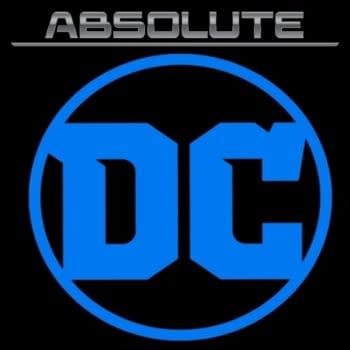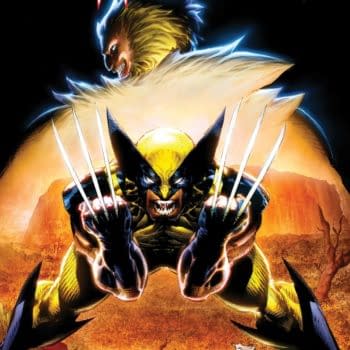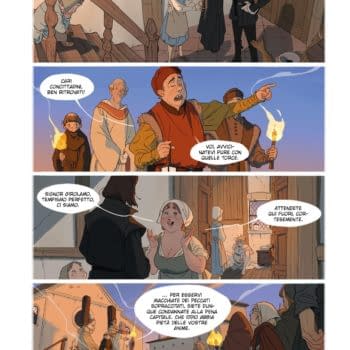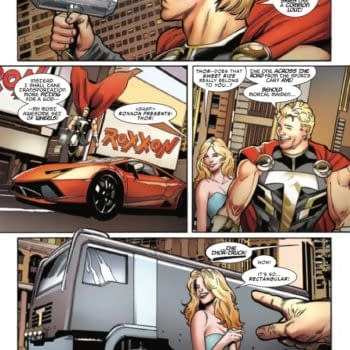Posted in: Comics | Tagged: Comics, David Acosta, David Avallone, doc savage, dynamite, entertainment
Writer's Commentary – David Avallone On Doing Doc Savage In The Lester Dent Tradition
Dynamite has sent us a writer's commentary featuring David Avallone talking about the new Doc Savage: The Ring of Fire #1 that hit stores today. Cover by Brent Schoonover, and interiors by Dave Acosta.
When Dynamite Senior Editor Joe Rybandt very kindly asked if I would be interested in doing a Doc Savage mini, I jumped at the chance. I love Doc, and have only done a "what-if" style Doc one-shot. I was very excited to do a classic 1930s "supersaga" in the Lester Dent tradition. Joe didn't even have to ask if I wanted my Twilight Zone: The Shadow artist back for this one… we were both looking to work together again, after having such a great time on that series.
One of my favorite college professors assigned this incredible book called The Timetables of History. It's all of human history broken down into, essentially, Trivial Pursuit categories: "daily life," "arts and literature," "politics", etc., and laid out in a horizontal timeline. When I'm working on a period piece, I always pick this book up and thumb through the era, looking for ideas and reacquainting myself with the state of the world at the time in question. I paged through the 1930s, asking "what would have caught Doc Savage's attention?" I found a few things, but the one I was the most attracted to turned into the subject of this book: the disappearance of Amelia Earhart. Doc's Cousin Patricia, whom I adore, was an aviatrix herself, and surely would have crossed paths with Amelia. I decided they became inseparably close, and that Pat was still haunted, a year later, by her girlfriend's disappearance, and maybe something else… something more mysterious.
To prepare for the series, Dave Acosta and I spent some time on the designs of the characters. As usual, we started a Pinterest board for visual reference. We decided on the incredibly important and controversial question of Doc's hair: a Bama-like skullcap but one that was CLEARLY made of real hair, which could be disturbed, and not the bizarre solid-looking thing from the otherwise excellent 1970s paperback covers. Dave's initial sketches of Pat and the fabulous five can be seen on the inside front cover of the comic.

Page one.
A nightmare, to begin with. I decided it would be creepy and effective to do the first sequence in complete "silence." It's an effective technique in film and I don't think I've ever used it in a comic yet (in my still-young career.) I think it works. I love Morgan Hickman's color here (and throughout): this is exactly the mood I was looking for.
Page two.
As someone who grew up with the Doc paperbacks from the 1970s, seeing my title rendered in the classic font style of those days is a kick. Also, who doesn't love a volcano explosion? Wanted to start us off with a bang.
Page three.
We see a vision of our villain. More on him later. Doc pulls his Supermachine pistol, which Dave assures me is a bitch to draw. Sorry, Dave. It's cool as hell, though.
Page four.
In case you hadn't already guessed it was a dream sequence… here's Doc burned to a crisp.
Page five.
In photographs, Amelia Earhart rarely opened her mouth when she smiled. She didn't like the gap between her front teeth, and Lauren Hutton wasn't around to demonstrate how beauty is not marred by a little tooth-gap. Here, she makes a startling transformation.
Page six.
Pat Savage's New York City apartment, not far from the skyscraper occupied by her famous cousin. Dave does a great job in panel one expressing something tricky in a single image: capturing someone whose eyes have just popped open. Dave suggested that he wouldn't mind if an entire issue took place in Pat's boudoir. Maybe next time.
Page seven.
The U.S.S. Augusta at Palmyra Island. I like doing the research, so there was a U.S.S. Augusta and Admiral Yarnell did travel around in it. (That said… I initially chose the Augusta because that's the name of my beloved wife.) Palmyra, in the real world, is an atoll not an island. It is a very bad (and weak) geology/geography joke that what happens next changes it from island to atoll. Sort of. Captain Calimano is not a historical figure, except to me: that's my Junior High history teacher. He was an influence on my life and work, so here he is inserted into history. This is also a good place to draw your attention to the terrific lettering work of Taylor Esposito, who here brings the "thooms" of our mystery superweapon into play.
Page eight.
Dave Acosta teaches me a lesson about layouts. I had imagined the "establishing panel" at the top of the page, but the Empire State Building is one of the least horizontal, most vertical things in the world. So he lets it eat up the left side of the whole page. In the last panel, though we never see her, in 1938 FDR had a secretary nicknamed Missy. Who is better with complicated machines, it seems, than the President and Secretary of the Navy.
Pages nine through eleven.
A video-phone call from the President. Doc is always on the cutting edge of things: he obviously invented Facetime in 1938. I loved writing FDR: it's fun stuff when you have a character who – famously – really knew how to speak and express himself in interesting and charming ways. His buddy is the Secretary of the Navy, Admiral Bill Leahy. I figured Bill would be in on a call like this.
Page twelve.
The gang's all here. The fabulous five, inside the hangar of the Hidalgo Trading Company. The Helldiver submarine. For a lifelong Doc fan, it's really something to get to hang out with these guys and work with these props and locations. I will admit: the five are a challenge. They are not anybody's model of diversity: five white dudes who are five different kinds of scientist/specialist. Even Lester Dent, towards the end, would write adventures with only Ham and Monk, because they're clearly the easiest and the most fun to work with. All that said… I spent a fair about of time thinking about the boys and getting their personalities clear in my mind before going forward. I hope the work shows, and all five are vivid and interesting people. Dave does his usual great job, all through the series, of bringing these characters to life.
Page thirteen.
In panel two, Monk and Ham are already at it. In reading the pulps, I noticed Ham calls Monk "gassoon" and he hates it. Funny thing… it pretty much just means "boy". It's not all that insulting. It just sounds insulting, hence the joke in panel two. Also in panel two… my annoying fascination with tiny details. Dave had originally drawn a case of .50 Browning ammunition in Ham's hands, but I think the Lewis gun is cooler-looking and more evocative of the 1930s, so he kindly changed it out to a two-drum pouch of Lewis ammunition. (You don't have to tell me that no one cares. I know. I still can't help myself.)
Pages fourteen through sixteen.
More gorgeous color from Morgan. And Ham comes up with the Lewis gun. See? I told you they were cool.
Page seventeen.
The Silver Death's Heads were in the first Doc story I ever read, and I have a fondness for them and their creepy outfits. They're no match for Doc and the boys, however.
Page eighteen.
Everyone's hair gets mussed. Doc has a clue about what's going on, but he isn't telling. This is a feature of a lot of the pulp stories: Doc – sort of like Mr. Spock – doesn't share theories before he's sure.
Pages nineteen and twenty.
We return to Pat's boudoir. When I started, I wasn't sure what "clue" would lead Pat to know where to look for her friend. In the real world, Amelia vanished not terribly far from an island group called (in 1938) the Phoenix Islands. At the time I wrote Amelia's transformation to the Firebird I was not consciously aware of that fact, or thinking about it. When I got to this scene I suddenly realized I had already planted the clue in the first sequence. My mind played a trick on me identical to the one it played on Pat Savage: I assume "Phoenix Island" was lodged somewhere in my brain from doing the research, and the dream sequence – just like in the story – was trying to give me the answer.
Next time: Across the Pacific!


